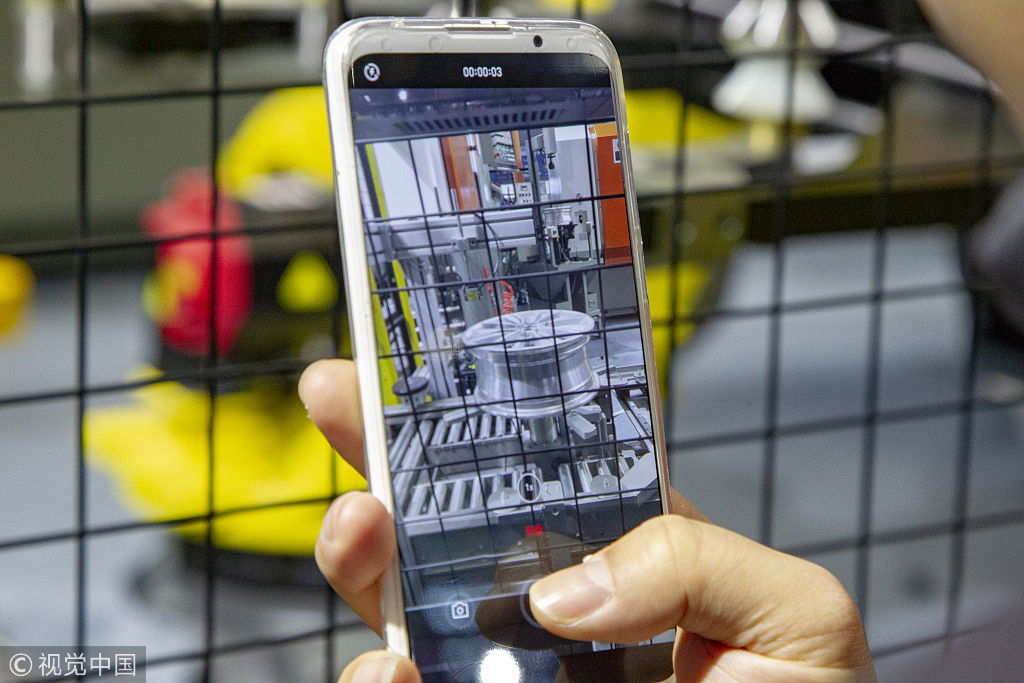Two sessions reveal solutions to poverty, and the path to innovation


China's high-tech manufacturing increased by an average of 11.7 percent annually during the five years before 2018, according to last year's Government Work Report. The report also stated that the contribution to economic growth from technological advances increased from 52.2 to 57.5 percent during that period.
Areas with remarkable progress include big data, artificial intelligence and the internet of things.
I recently visited big data centers in Guizhou, which has long been one of the country's poorest provinces because of its karst terrain. But the government has turned its topography from a bane into a boon by taking advantage of the fact that such seismically and climatically stable geology is ideal for hosting the hardware for storing data.
The province's data economy expanded by 37 percent in 2017, and the value that it will add is forecast to account for 30 percent of Guizhou's GDP by next year.
I recently rode in a driverless car developed in Shanghai, where I was also nearly run over by a robot in an automobile factory. While the machine did not hit me, the realization of how China's smart manufacturing is advancing did.
I also underwent a rehabilitative tai chi routine taught by a virtual instructor guided by the internet of things in Wuxi, Jiangsu province. I look forward to covering this year's two sessions and being on the ground as history is made.
I am excited to see firsthand how the decisions made during this year's two sessions will continue to transform every corner of the country - and the world - in the years to come.
- Death toll rises to 146 in Hong Kong residential building fire: authorities
- China recording rapid increase in flu cases
- New gas pipeline to benefit southern Xinjiang
- China holds first national civil service exam since raising eligibility age cap
- Chongqing launches fixed-schedule freight train service to Budapest
- HKSAR govt pledges free housing for Tai Po fire victims until homes rebuilt




































